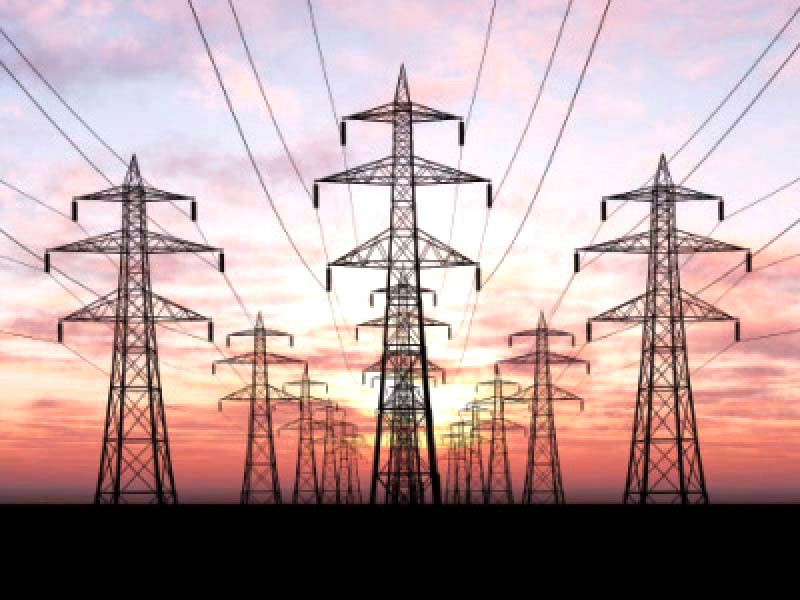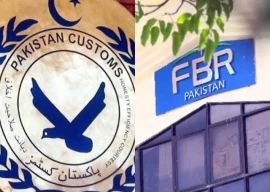
Year 2021 ended with deep scars on the energy sector but it was not without significant gains for a few.
Independent power producers (IPPs) could be called the winners while the ordinary people and the government were the losers. The year was a blessing in disguise for some energy tycoons while consumers continued to suffer.
Despite paying billions of rupees to the IPPs, electricity prices remained high, which mainly contributed to the increase in inflation and may prove to be a setback in government’s efforts to win the elections of 2023.
Consumers paid a high cost of electricity as base tariff went up in addition to the rise in electricity prices on account of monthly fuel cost adjustments.
The high energy tariffs and gas load-shedding in winter added to the miseries of people, though the Pakistan Tehreek-e-Insaf (PTI) government had come to power with the promise of providing relief to the common man.
It cannot be denied that the entire world suffered due to high energy prices in the recent past, but the case of Pakistan was different.
A sharp increase in dollar’s value against the Pakistani rupee was another factor that led to high prices of energy. Pakistan is a net importer of petroleum products and liquefied natural gas (LNG), and the surge of dollar impacts the cost of imports.
Power tariff
During 2021, the base electricity tariff went up around Rs4 to Rs16 per unit, which was reflected in the monthly bills of consumers.
The government introduced new tariff slabs under the first phase to slash power sector subsidies. It was apparently part of the commitments made to the International Monetary Fund (IMF) under the $6 billion loan programme.
Read Power company supports transition to open markets
The government split the slab of 301-700 units into four categories - 301-400 units, 401-500 units, 501-600 units and 601-700 units.
Under the new slabs, 13.9 million consumers of electricity were removed from the subsidy net. Earlier, 22 million consumers were receiving the subsidy.
Apart from that, the consumers were compelled to pay the highest power tariff primarily in the face of soaring prices of fuel, which power producers used in electricity production.
In a big shock to the consumers, the National Electric Power Regulatory Authority (Nepra) allowed power distribution companies to increase tariff by Rs4.7446 per unit as fuel cost adjustment, which resulted in collection of an additional Rs61 billion from consumers through December bills.
Private power utility K-Electric also sought a tariff increase of Rs5.449 per unit on account of monthly fuel cost adjustments and quarterly tariff adjustment. It will prove to be another blow to the consumers of Karachi.
Energy sector winners
The Inquiry Committee on Power Sector pointed out that the IPPs had got over Rs1 trillion under different policies and recommended the recovery of the amount from them.
Read more Gas subsidy for exporters to cost Rs41b
But instead of recovering the amount, the government struck a deal and decided to pay Rs403 billion to 46 IPPs. In first instalment, the government paid Rs89 billion as it diverted the subsidy meant for power consumers.
Circular debt
The growing circular debt continued to haunt the entire energy chain in 2021. In its report for 2021, Nepra said that the circular debt added to the miseries in the power sector and hit the entire economy.
As on June 30, 2021, the circular debt stood at Rs2.280 trillion as compared to Rs2.150 trillion on June 30, 2020. It was around Rs1.6 trillion when the PTI government came to power in August 2018.
The oil and gas sector also suffered a lot as its debt crossed Rs1.6 trillion during the year, prompting the government to form a committee to resolve the issue, but to no avail.
For the first time in history, the receivables of state-owned oil marketing giant Pakistan State Oil (PSO) reached Rs420 billion. A major contributor to the swelling receivables was LNG supplies in addition to power producers.
Refining sector
Oil refineries suffered the most during the year under review, which were forced to reduce operations as the IPPs were reluctant to take furnace oil supplies.
Though the country faced shortage of LNG due to high prices in the global market, furnace oil was in surplus. Still the oil was not consumed.
Also read Power tariff hike of Rs4.33 on cards
As stocks of furnace oil swelled, Pakistan Refinery Limited (PRL) was shut down whereas other refineries ran partial operations.
In the area of oil and gas exploration, the country did not witness any major discovery. Rather, the reliance on LNG grew but additional imports could not be made.
Oil prices
During the year under review, the prices of petroleum products soared to record highs, impacting all consumers from manufacturing units to ordinary people.
In January 2021, the price of per litre of petrol was Rs106, high-speed diesel Rs110.24, kerosene oil Rs73.65 and light diesel oil Rs71.81. In November, the per-litre price of petrol reached Rs145.82, high-speed diesel Rs142.62, kerosene oil Rs116.53 and light diesel oil Rs114.07.
Petrol and diesel are used in cars, big vehicles and agriculture sector. Kerosene oil is consumed in remote areas for cooking purposes where liquefied petroleum gas (LPG) is not available.
Now, the government is going to take more steps to cut subsidies, which will make lives of people more difficult at a time of soaring inflation.
Published in The Express Tribune, January 1st, 2022.
Like Business on Facebook, follow @TribuneBiz on Twitter to stay informed and join in the conversation.



1725443747-0/Untitled-design-(5)1725443747-0-165x106.webp)














COMMENTS (3)
Comments are moderated and generally will be posted if they are on-topic and not abusive.
For more information, please see our Comments FAQ